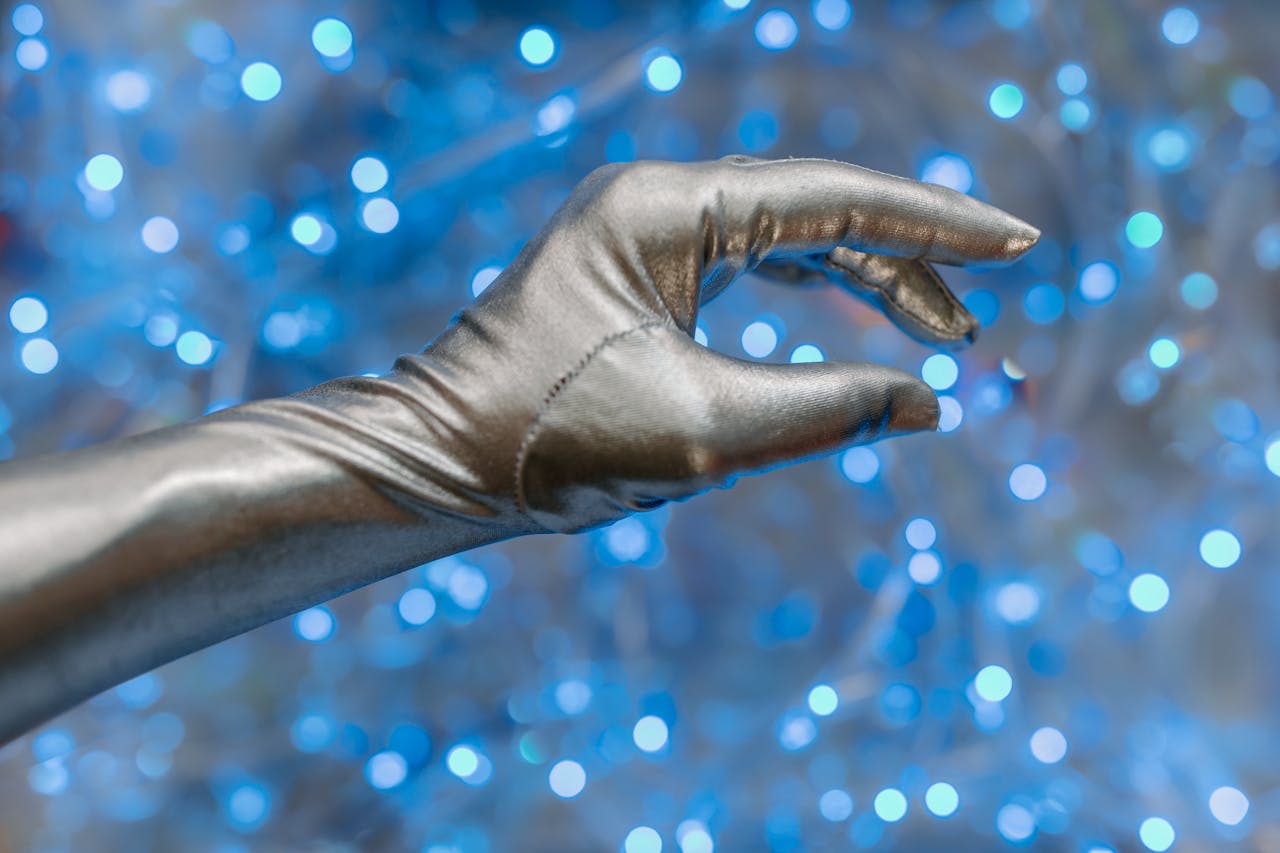
In the ever-evolving landscape of technology, the emergence of Artificial Intelligence (AI) has sparked debates and discussions across various domains. While the capabilities of AI continue to astonish and reshape our world, a curious question arises: Can AI, with its advanced algorithms and machine learning, be compared to the mysterious realm of ghosts and the supernatural?
At first glance, the juxtaposition of AI and ghosts may seem like an odd pairing, as one is firmly rooted in science and technology, while the other resides in the enigmatic shadows of the supernatural. However, a deeper examination reveals some intriguing parallels and stark differences.
Artificial Intelligence, a product of human intellect, is designed to mimic cognitive functions such as learning, problem-solving, and decision-making. It operates on predefined algorithms and data, processing vast amounts of information to perform tasks that traditionally required human intelligence. AI is a tool created by humans to enhance efficiency, solve complex problems, and innovate across various industries.
On one hand, AI's rationality and predictability stand in stark contrast to the ethereal and unpredictable nature of ghosts. AI operates within the confines of logical frameworks, adhering strictly to programmed instructions and algorithms. Its capabilities are harnessed for practical purposes, from autonomous vehicles to medical diagnostics, showcasing the tangible impact of human innovation.
Ghosts, on the other hand, dwell in the realm of the supernatural—a domain beyond the grasp of scientific understanding. Legends, folklore, and personal accounts of encounters with ghosts have persisted across cultures for centuries. Unlike AI, ghosts are not created or controlled by human hands; they are said to be remnants of the deceased, existing beyond the boundaries of our comprehension.
The mystique of ghosts lies in their ability to elude scientific scrutiny. Tales of spectral apparitions, haunted places, and unexplained phenomena evoke a sense of awe and fear. Unlike AI, ghosts are not bound by algorithms or data sets; they are enigmatic entities, elusive and resistant to conventional analysis.
While AI and ghosts may share the common ground of capturing human imagination, their fundamental nature and purpose diverge significantly. AI is a tool harnessed for pragmatic applications, driven by human intent and innovation. In contrast, ghosts embody the unknown, shrouded in a veil of mystery that transcends the limits of human understanding.
In conclusion, the juxtaposition of AI and ghosts invites contemplation on the boundaries of human knowledge and the intersections of science and the supernatural. AI, a testament to human ingenuity, thrives on logic and predictability, contributing to tangible advancements in various fields. Ghosts, steeped in mystique and folklore, exist in a realm that challenges the very foundations of our understanding. As we navigate the complexities of our technological age, the paradoxical coexistence of AI and the supernatural adds a layer of intrigue to our quest for knowledge.
Comments